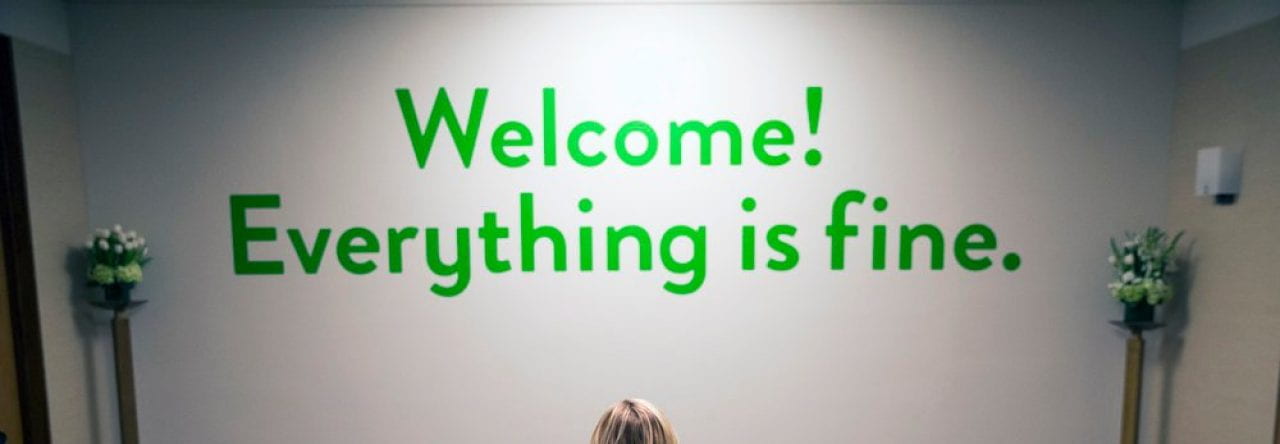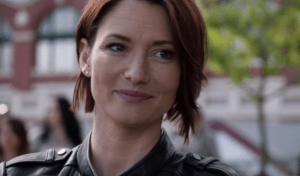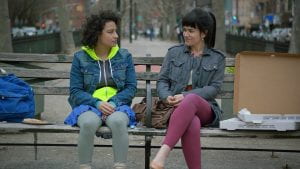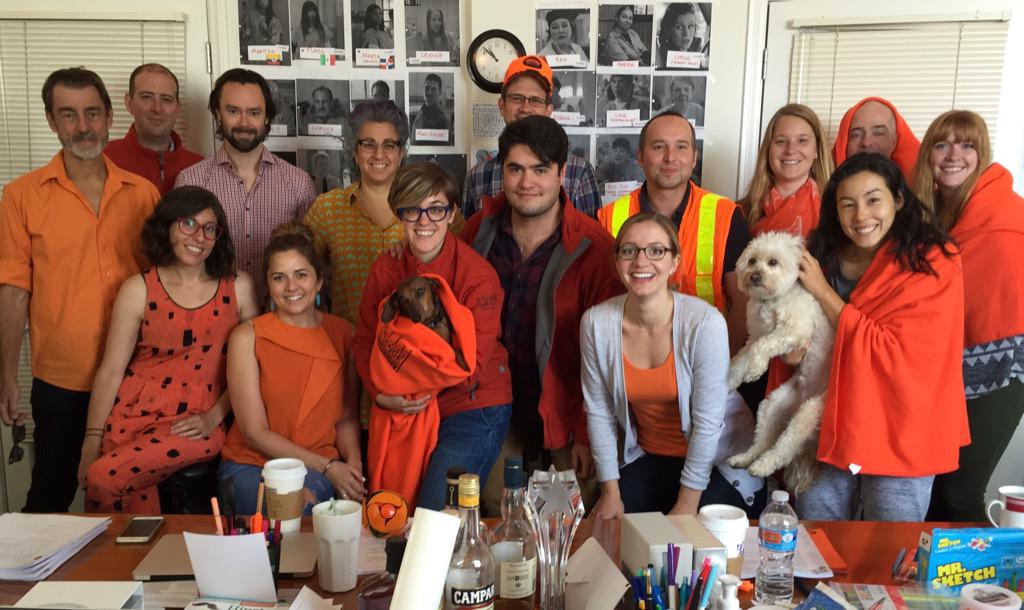Fresh off the Boat is a show about assimilation, about the ‘American Dream’ and everything in between. The first episode of season 2 helps to frame a story of a family that has had a small slice of the ‘American Dream’, and used it to become middle class, and enjoy one of the sweetest bittersweet tastes of that very lifestyle… vacation.
Usually I find it hard to relate to the challenges depicted in Fresh off the Boat, but when the Huangs go on vacation, I felt a real connection. Coming from the middle class myself, I understand what it was like to live well enough, but not well enough to truly experience the ability to get whatever and, just like the Huangs, vacation was the only experience in which I and so many others could feel like kings.
This ability to connect with viewers, even if those very same viewers don’t share similar life experiences is a key factor in any good sitcom, this is usually done through the environment and characters, familiar faces (many of which are not people of color) provided a viewer-base with a superficial bond with the characters.
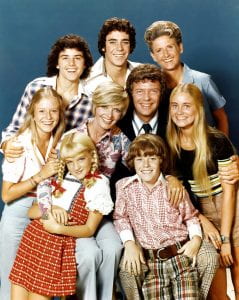
A picture into the classic sitcom cast, diversity NOT being a requirement.
The ability for more modern sitcoms to relate with viewers while not providing a superficial connection due to color and origin is a special trait. This brings me back to Fresh off the Boat, a show about an Asian family integrating into the American middle class, and its ability to make themselves as American as any of their viewers, while still maintaining their identity (while being a little under-the-radar).
While i’m not saying that shows such as The Brady Bunch are bad, I actually think they are quite good, I am saying that they were clearly taking the safe route. I have talked before about the commonality between all American sitcoms, even poking at Fresh off the Boat for their safe lighting and design choices, but I would like to take the time to thank the modern sitcom.
Thank you for expanding our cast identity, backgrounds, colors and genders, America as a cultural, TV-watching, unit could always do with at least a little diversity filled vacation.
